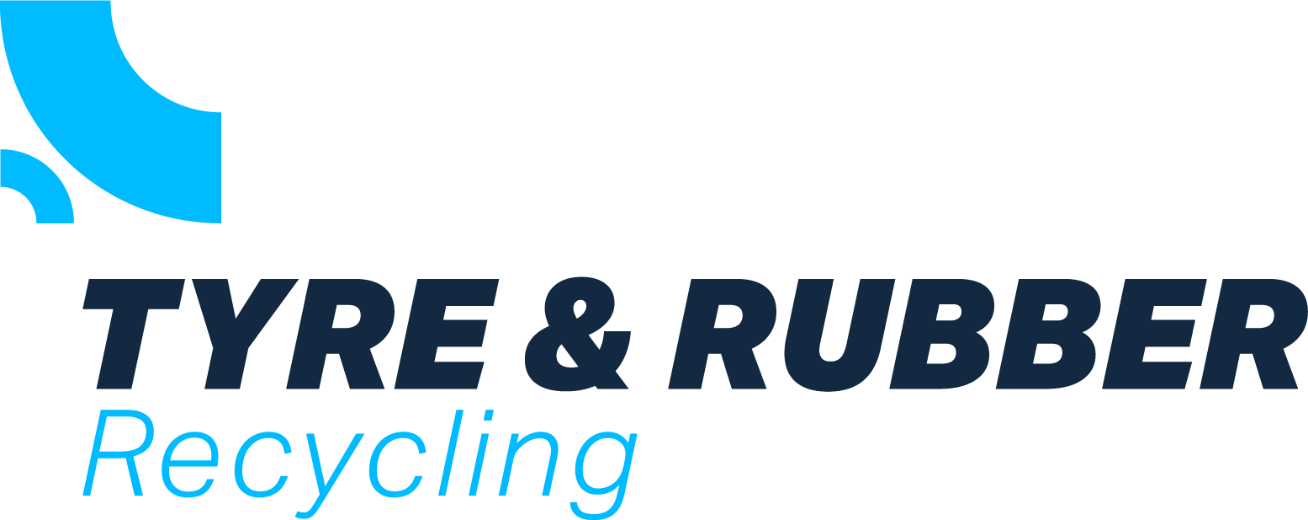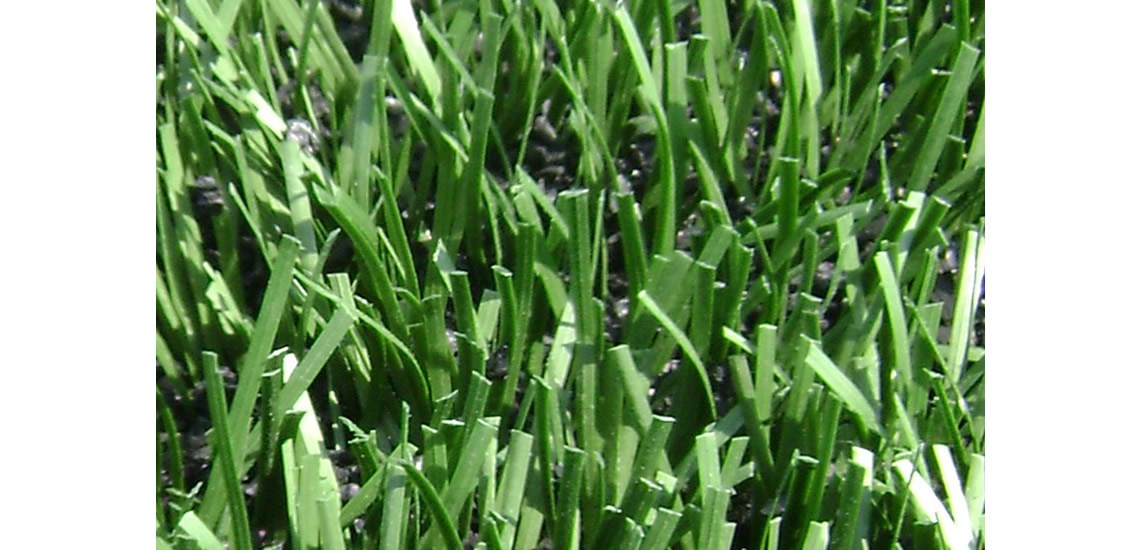As Europe heads into a ban on crumb rubber infill, Australia is looking closer at infill.
Government scientists have growing concerns about the human health risks, environmental effects, and end-of-life management in synthetic turf and called for further investigation and regulation of its use.
In Europe, the European Chemicals Agency Risk Assessment Committee has long had a “thing” about crumb rubber. After various investigations into the PAH released from crumb rubber, they decided that the PAH levels were within the allowed limits, but advised the European Commission to reduce the acceptable PAH level.
With that issue settled, one might have thought that the playing field was clear – pun intended. However, it was not to be the case and the ECHA RAC included crumb rubber as a microplastic in its microplastics proposals, and almost everyone in the industry now accepts that crumb rubber infill will be banned in Europe, with an eight-year transition period.
Now, a new report by the Chief Scientist of New South Wales (NSW) highlights the presence of toxic chemicals, such as heavy metals and volatile organic compounds, in the rubber infill of synthetic turf. And here we really need to know if this is just a presence, or if there is a risk of migration.
The release of this report comes at a time when scientists and governments worldwide are questioning whether synthetic turf should be banned. It has significant implications for the Hawkesbury region in particular, where turf production is one of the largest industries, employing over 60 separate businesses and utilising more than 4,000 acres of land. It also comes as Hawkesbury council prepares to spend $10 million dollars on synthetic turf sports fields.
Titled – “Independent review into the design, use, and impacts of synthetic turf in public open spaces,” the report coincides with a significant increase in the use of synthetic turf for sports fields in NSW over the past decade. It highlights the alarming environmental cost of synthetic grass.
The report reveals that NSW currently boasts a staggering 181 synthetic fields, a dramatic rise from just 24 in 2014 and 30 in 2018. Commissioned by the NSW government, the report emphasises the need for increased scrutiny of the use of synthetic turf and a shift towards natural grass fields.
While acknowledging the benefits synthetic turf provides in terms of increased playing time and reduced maintenance costs, Chief Scientist Professor Hugh Durrant-Whyte emphasised the importance of taking a precautionary approach. The report suggests that natural turf fields built to best practice were more cost-effective than alternative options, including synthetic turf when considering both lifecycle costs and carrying capacity.
Durrant-Whyte calls for further research and collaboration between scientists, policymakers, and industry stakeholders to address the identified concerns and develop guidelines for the safe and sustainable use of synthetic turf and explore the use of alternative products.
The report found that substances used in making the synthetic turf may leach into the surrounding environment and pose a risk to human health, especially for those who come into direct contact with the turf. Still, the report stops short of calling for a ban on synthetic turf.
The report recycles much of the discussion that has been held in Europe, and doubtless will see the same arguments given in a long drawn out campaign. In the current climate, politically and environmentally, how long will it be before Australia follows Europe?
Original Article was published in the Hawkesbury Post


















